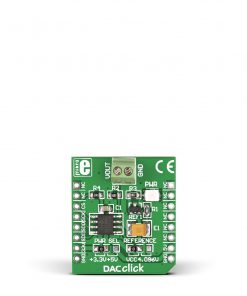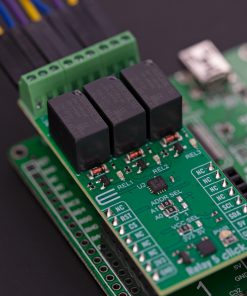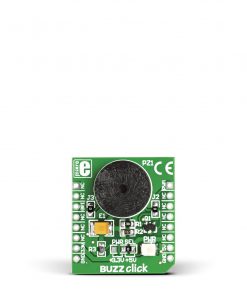Subtotal: R1,085.00
Relay 5 Click
R425.00 ex. VAT
Relay 5 Click is a compact add-on board with general-purpose I2C-controlled relays that any host MCU can control. This board features three J1031C3VDC.15S, a high-current single-pole double-throw (SPDT) signal relays controlled by the PCA9538A, a low-voltage 8-bit I/O port expander from NXP Semiconductors. Highly sensitive, the J1031C3VDC.15S offers a low coil power consumption in a small, lightweight package with PC pin mounting. It comes with a dimension of 12.5×7.5×10 millimeters (LxWxH) and a 1C contact arrangement with a coil voltage of 3VDC, providing a maximum switching voltage of 125VAC/60VDC. This Click board™ makes the perfect solution for controlling high-power applications.
Relay 5 Click is fully compatible with the mikroBUS™ socket and can be used on any host system supporting the mikroBUS™ standard. It comes with the mikroSDK open-source libraries, offering unparalleled flexibility for evaluation and customization. What sets this Click board™ apart is the groundbreaking ClickID feature, enabling your host system to seamlessly and automatically detect and identify this add-on board.
Stock: Lead-time applicable.
| 5+ | R403.75 |
| 10+ | R382.50 |
| 15+ | R361.25 |
| 20+ | R347.65 |

 METHANE Click
METHANE Click  DAC Click
DAC Click  microSD Click
microSD Click 















.jpg)







